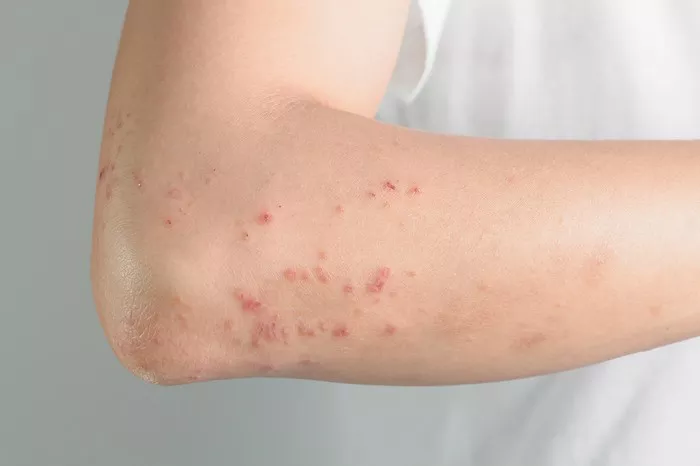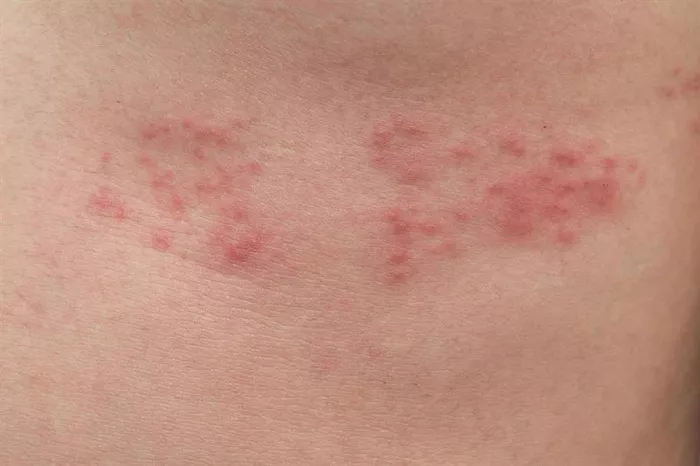Shingles, also known as herpes zoster, is a painful rash that is caused by the varicella-zoster virus (VZV). This virus is the same one that causes chickenpox. If you have had chickenpox, the virus can remain dormant in your body and can reactivate later in life, leading to shingles. One common concern is whether shingles can spread to other people. In this article, we will explore when shingles is contagious, how it spreads, and ways to prevent transmission.
Understanding Shingles and Contagion
Shingles is not spread through the air like a cold or flu. Instead, it is spread through direct contact with the fluid from the blisters of the shingles rash. This means that if someone comes into direct contact with the rash, they can catch the virus and develop chickenpox if they have never had it or received the chickenpox vaccine.
Who Can Get Shingles?
Anyone who has had chickenpox can develop shingles later in life. The virus can reactivate when the immune system is weakened. This may happen due to stress, illness, or age. Shingles is most common in older adults and those with weakened immune systems.
SEE ALSO: What Are the Major Causes of Shingles?
When Is Shingles Contagious?
Shingles is contagious from the time the rash appears until the blisters have crusted over. Here’s a breakdown of the timeline:
1. The Rash Appears
Initial Symptoms: Before the rash appears, a person may experience symptoms such as tingling, itching, or pain in a specific area. These symptoms can occur 1-5 days before the rash develops.
Contagious Stage: Once the rash appears, shingles is contagious. This phase can last several days.
2. Blisters Form
Fluid-Filled Blisters: The rash develops into fluid-filled blisters. This is the stage when the virus is most contagious. If someone touches these blisters, they can become infected.
Crusting Over: The blisters eventually burst and crust over. This is when the risk of transmission decreases significantly.
3. Blisters Have Crusted Over
End of Contagion: Once all the blisters have crusted over, the person is no longer contagious. This typically occurs about 7-10 days after the rash first appears.
How Does Shingles Spread?
The primary way shingles spreads is through direct contact with the fluid from the blisters. Here’s how it works:
Direct Contact
Touching Blisters: If someone touches the blisters, they can become infected with VZV.
Using Contaminated Items: Items that have come into contact with the rash, such as clothing, towels, or bandages, can also spread the virus.
Indirect Contact
Not Airborne: Shingles is not airborne. You cannot catch shingles by being in the same room with someone who has it, unless you touch the rash.
Vulnerable Populations
Some groups are more at risk for developing chickenpox from shingles exposure:
People Who Have Never Had Chickenpox: If someone has never had chickenpox or received the vaccine, they can catch chickenpox from someone with shingles.
Pregnant Women: Pregnant women who have not had chickenpox are at risk. If they become infected, it can affect their baby.
Individuals with Weakened Immune Systems: People with weakened immune systems are at higher risk of complications.
Symptoms of Shingles
Recognizing the symptoms of shingles can help identify when someone might be contagious. Here are the common symptoms:
Early Symptoms
Pain and Tingling: This may occur in the area where the rash will appear.
Itching: Affected areas may feel itchy before the rash develops.
Rash Development
Red Patches: The first visible sign of shingles is usually red patches on the skin.
Fluid-Filled Blisters: These blisters are typically painful and filled with clear fluid.
Post-Rash Symptoms
Crust Formation: After several days, the blisters will crust over.
Pain: Even after the rash heals, some people experience lingering pain, known as postherpetic neuralgia.
Preventing Shingles Transmission
While shingles can be contagious, there are ways to prevent its spread.
1. Avoid Contact
Stay Away from Vulnerable Individuals: If you have shingles, avoid contact with people who have never had chickenpox, pregnant women, and those with weakened immune systems.
Cover the Rash: Keep the rash covered with loose clothing or a bandage to minimize direct contact.
2. Hygiene Practices
Wash Hands Frequently: Good hygiene is essential. Wash your hands often, especially after touching the rash.
Do Not Share Personal Items: Avoid sharing towels, clothing, or bedding with others.
3. Vaccination
Shingles Vaccine: There is a vaccine available that can help prevent shingles and its complications. The Centers for Disease Control and Prevention (CDC) recommends the shingles vaccine for adults aged 50 and older.
When to See a Doctor
If you suspect you have shingles, it is important to see a doctor as soon as possible. Early treatment can help reduce the severity and duration of the illness. Seek medical attention if you experience:
- A painful rash that follows a nerve path
- Severe pain, itching, or discomfort
- Fever or flu-like symptoms
Conclusion
Understanding when shingles is contagious can help prevent its spread to others. Shingles is contagious from the time the rash appears until the blisters have crusted over. Direct contact with the rash or fluid is the primary way the virus spreads. By taking precautions such as avoiding contact with vulnerable individuals, practicing good hygiene, and getting vaccinated, you can minimize the risk of transmission. If you suspect you have shingles, seek medical advice to manage the symptoms effectively.
By being informed and proactive, you can help protect yourself and others from shingles and its potential complications.
Related topics:

























